Getting started in the classroom
Why address AI in the classroom?
Here in New York State, when we look to the K-12 Computer Science and Digital Fluency Learning Standards, we see several areas where it makes sense to address AI:


Start with a student-friendly definition
Generally thought of as using computers and machines to mimic human intelligence, AI uses data for computers to learn, reason, and make decisions, simulating tasks which have traditionally required human thought. Here are some simple definitions but feel free to come up with your own:
- the ability for a computer to think, learn, and make decisions
- training a computer to simulate human intelligence
- when a computer is able to perform tasks that normally a human would perform
One of the keys to understanding AI is that the machine is “smart” enough to perform a task without needing a person to tell them what to do every time. Think about a smart thermostat in houses that learns what temperatures you like and automatically adjusts the room’s heat or air conditioning without you touching it or programming it to adjust at a certain time. This is a key component in AI; machines learn from what happens around them and use that knowledge to make decisions and carry out tasks all by themselves.
Explore AI via examples that students are already familiar with
- Self-driving cars
- Virtual assistants
- Chat bots
- Netflix & Amazon recommendations
- Face id
- Navigation apps
- Gmail smart compose
- Search engines
From a self-driving car that uses sensors and radar to gather information to decide when to stop, go, and what routes to take to a recommendation engine that uses your purchasing or viewing history and ratings to suggest what you might want to watch or buy next, our students are living in an AI world. What other kinds of AI are they likely familiar with? Those can be good starting points for explaining AI and making them aware of how it impacts their lives.

